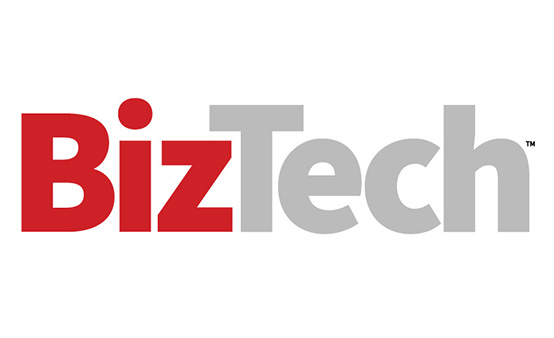What Are the Key Components of CoE Operations?
Five components form the core of CoE operations:
- Strategic leadership and governance of AI projects. The CoE establishes a vision, roadmap and specific objectives for AI adoption, and ensures alignment with organizational goals.
- Multidisciplinary teams. Experts from multiple fields make up the CoE’s membership, helping define policies and guidelines for ethical AI use and providing a point of contact for questions about AI adoption.
- Use case identification. To help streamline AI adoption, the CoE identifies high-value use cases for AI, and establishes the criteria for selecting and prioritizing these use cases.
- Technology and infrastructure. The CoE is responsible for the integration of AI systems within corporate infrastructure and for the management of data used by AI models.
- Continual monitoring. The CoE continually tracks the performance metrics of AI initiatives. It also ensures improvement using both AI and human feedback.
DIG DEEPER: Financial service solutions can supercharge your business.
What Are the Business Benefits of Building an AI CoE?
Building a CoE offers multiple benefits for businesses, including:
- Accelerated AI adoption. The CoE streamlines AI development and deployment, in turn allowing the organization-wide adoption of AI tools.
- Optimized resource use. By centralizing AI projects, CoEs can reduce duplicated efforts or costs and maximize ROI by focusing on high-value opportunities.
- Enhanced decision-making. Using AI-enabled analytics, CoE teams can deliver data-driven predictions that are both timely and accurate.
- Reduced risk. A centralized, structured approach to AI deployment ensures that tools operate under the same security framework, reducing the chance of compromise. The CoE also explores ethical concerns around the use of AI to ensure compliance.
- Improved strategic alignment. Using a CoE, businesses can ensure that AI investment aligns with business priorities to drive strategic outcomes.
- Increased collaboration. Departmental adoption of AI can lead to data and operational silos. Centers of excellence act as central hubs for cross-functional collaboration.
AI is everywhere, from search engines to data analytics and generative content models. It’s easy for companies to take a scattershot approach to implementation, resulting in limited efficacy and potential overspending.
A center of excellence unifies adoption, research and innovation to create a consistent, business-focused approach to AI deployment.
This article is part of BizTech's EquITy blog series.












